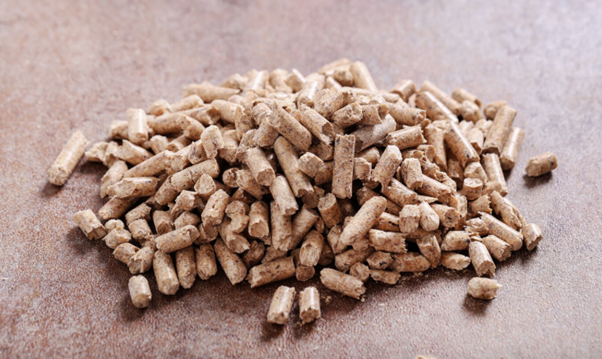Triple Helix
When in 1950’s the collagen tri-helix structure was discovered by scientists, lest did they know that they have unearthed a very, very big potential revelation. At Nizona Marine Products (NMP) all our articles are based on in depth research. While going ahead with big strides in study of collagen applications and functions, one should pause and pay respect and offer gratitude to the renowned greats who worked to discover this complex structure.
In the early 1950’s the understanding of proteins in humans started while scientists were researching the structure of various molecules. The scientists in England could crack the structure of DNA successfully, but were grappling with the complex collagen structure. It was Indian scientist G N Ramachandran aka GNR – who first discovered the structure of collagen, the most abundant protein found in all animals and humans. Before talking about the ‘Ramachandran Plot’ and ‘Madras Group’ here’s a recap of G. N. Ramachandran’s early life and his achievements.
Birth: October 8, 1922 near Cochin
Named: Gopalasamudram Narayana Iyer Ramachandran
Academics:
- B.Sc (Honors) in Physics, University of Madras, 1942
- D.Sc (equivalent to a doctorate degree) under Noble Laureate Sir C.V. Raman’s guidance, Indian Institute of Science(IISC), Bangalore.
- PhD, worked with Sir Lawrence Bragg, co-discoverer of X-Ray diffraction, a technique used to decipher the structures of bio-molecules such as DNA and proteins, University of Cambridge 1949.
Work Profile:
- Assistant Professor Physics, Bangalore, 1949 to 1952
- Head of the department of Physics, University of Madras, 1952
GNR got to know about the researchers’ struggles to find the structure of collagen, from a former English colleague. And no one had hit the mark yet. Structure-wise collagen seemed knottier than the DNA. GNR took up this challenge and decided to work on this problem. In those days, the only available information about this protein was that one third of its total amino acid content was glycine. With this limited information and some pictures of collagen, GNR started his research. He initially tried shark fin collagen to study its structure and also leather – beef Achilles tendon from Central Leather Research Institute, which was next door. Both proved not so helpful, but GNR was sure that the Kangaroo tail tendon would extract the best diffraction images. It was the deputy director of CLRI who was helpful enough to get kangaroo collagen for GNR specially from Australia.
He soon came up with a triple helix collagen structure in a hexagonal form. GNR and his research team came to be known as the ‘Madras Group’ and their findings were published in a science journal Nature on August 7, 1954. GNR’s path breaking model was thus referred to as ‘MADRAS TRIPLE HELIX’.
In his quest for further study in this field, GNR refined the prototype and came up with the ‘Coiled Coil’ structure. This was a year later in September 1955, their results appeared in the issue of Nature once again. Originally thought as separate, the new model presented the three helical chains intertwined to form a second helix.
A year later, GNR and his first post-doc refined the prototype and came up with the “coiled-coil” structure, which could explain all available experimental data on collagen. In this new model, the three helical chains – originally thought of as separate – intertwined to form a second helix. Their results appeared in the September 1955 issue of Nature. The ‘coiled coil’ model was inspired by astronomy and GNR’s wife’s long dark braid! Despite all the hard work and intense research, the big names dismissed the research saying that the Madras Group was basically correct but structurally wrong!! And then they went ahead and presented the same findings with minor corrections as their own!! GNR was just a mere footnote in collagen literature, but he was not ready to give up.
GNR took the criticism aimed at the Madras triple helix to heart and started working to find out the undetermined principles, which form polypeptide chains and could not take in a protein. He was bang on the target and thus in 1963 came up with the very grammar of protein folding. To date, researchers use the Ramachandran Plot/map and even diagrams to validate protein structures.

